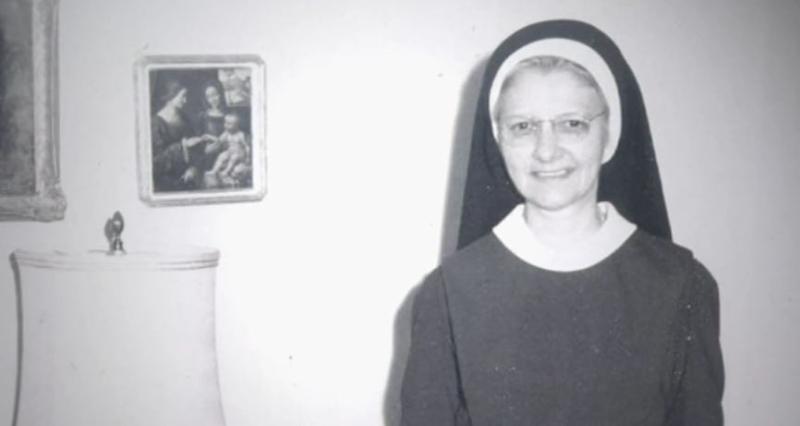Everyone is perplexed by the Sister Margaret Ann murder scenario, which calls into question morality and justice.
Her entire life was devoted to serving others and upholding her beliefs, yet in 1980, she was mysteriously killed.
The questions surrounding the violent death of a 72-year-old nun who had dedicated her life to service were made more complex by the quiet that surrounded the case for more than 20 years.
As the investigation finally picked up steam, concerns regarding the validity of the conviction started to surface.
Let’s examine the specifics of Sister Margaret Ann’s life, her murder, the investigation’s unexpected turns, and the current discussions.
The life of Sister Margaret Ann Pahl
The narrative of Sister Margaret Ann Pahl begins on April 5, 1908. She was one of nine children born into an Ohio farming family who practiced strict Catholicism.
Her decision to become a nun after completing her education seemed like a natural calling because she was raised in a home with strong religious values.
She joined the Our Lady of the Pines convent in Freemont and joined the Sisters of Mercy.
Established in 1831 with a goal of aiding the unfortunate, this religious organization rapidly grew to oversee hospitals, educational institutions, and research universities.
Sister Margaret Ann’s career as a nurse led her to eventually lead two Mercy hospitals and serve as the nursing school’s director for the Sisters of Mercy.
She left a lasting impression on many people because of her devotion to God and the community.
Inside the Sister Margaret Ann murder
The events of Good Friday in 1980 served as the catalyst for a mysterious enigma.
Despite her reservations about the briefness of the Good Friday service, Sister Margaret Ann remained unwavering in her commitment to her work.
On Holy Saturday morning, she was observed getting ready for the day’s activities.
But later that morning, in the sacristy, where priests get ready for services, a young nun found her dead.
Sister Margaret Ann had been savagely stabbed 32 times and choked from behind. The cross-shaped pattern of wounds on her chest made the scene unpleasant.
Investigators were baffled when the case soon went cold despite the first probe.
The investigation into Sister Margaret murder
Details that raised questions about Father Gerald Robinson, a priest present at the event, came to light as the inquiry into the death of Sister Margaret Ann got underway.
His aloof demeanor and proximity to the chapel when the murder occurred sparked suspicions.
However, the probe was tainted by rumors of a possible cover-up because of the church’s significant influence in the neighborhood.
There have been rumors of a plot to protect Father Robinson because of his connections to the church and the resulting secrecy.
The case remained open for more than 20 years due to the lack of conclusive proof.
Reopening the Sister Margaret murder case
The murder of Sister Margaret Ann was reexamined in 2003 after a letter revealing ritualized sex practices by clergymen, including Father Robinson, surfaced.
A new inquiry was launched thanks to technical advancements, and crucial information was gathered via blood transfer analysis.
The murder weapon, a letter opener in the shape of a sword, matched the injuries sustained by Sister Margaret Ann.
Father Robinson was detained for her slaying in 2004, which started a court case.
Was he found guilty?
Based on circumstantial evidence, a guilty judgement was reached in Father Robinson’s 2006 trial.
According to the argument, he carried out the inconceivable crime because of his long-standing conflict with Sister Margaret Ann.
Despite Father Robinson’s claims of innocence, including unsuccessful appeals, his conviction stood.
The discovery of male DNA unrelated to him prompted concerns about possible substitute suspects. There was room for suspicion regarding the offender because of the looming shadow of a church cover-up.
Reflections and unanswered questions
The murder of Sister Margaret Ann Pahl raises issues of morality, justice, and human behavior.
People ponder if Father Robinson, who was once highly regarded, actually erred or simply became embroiled in a difficult circumstance.

